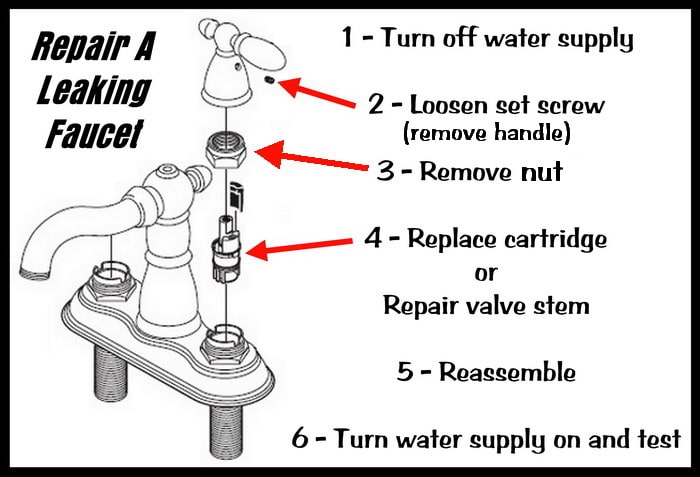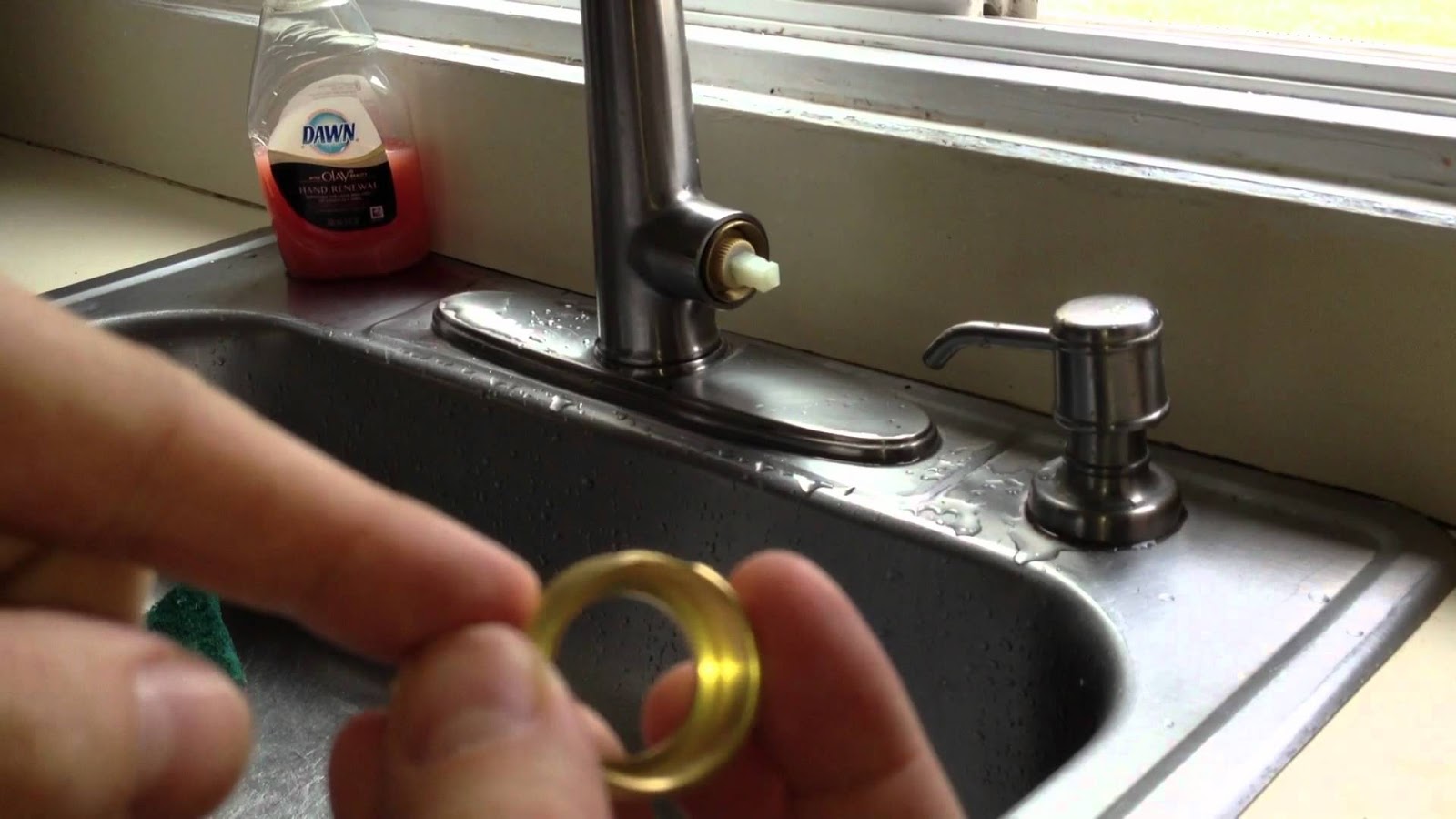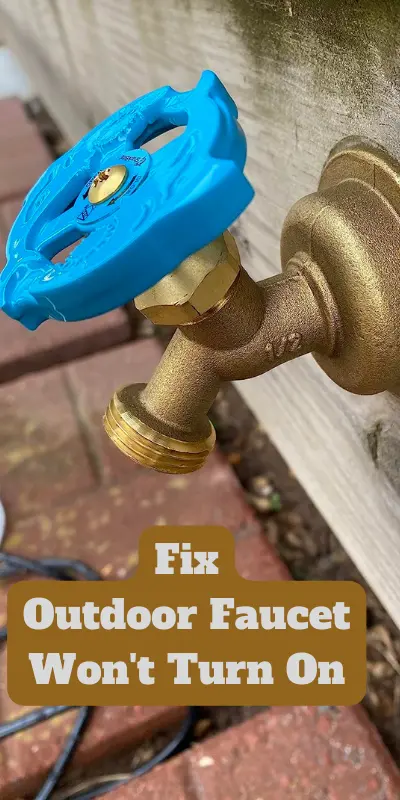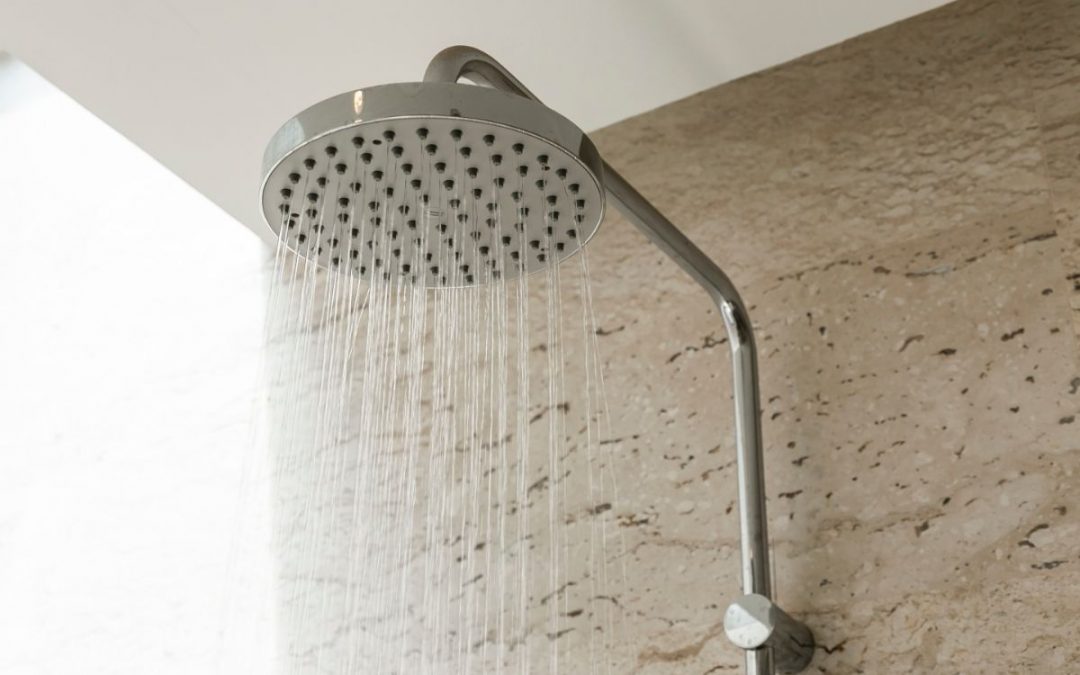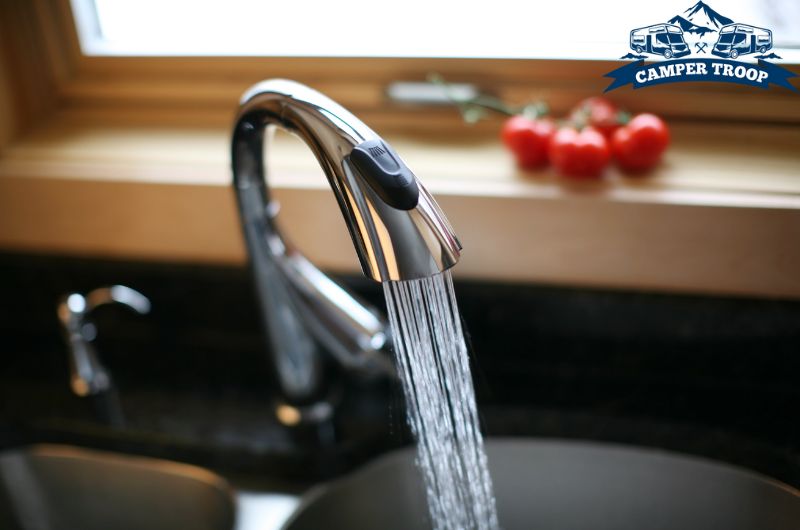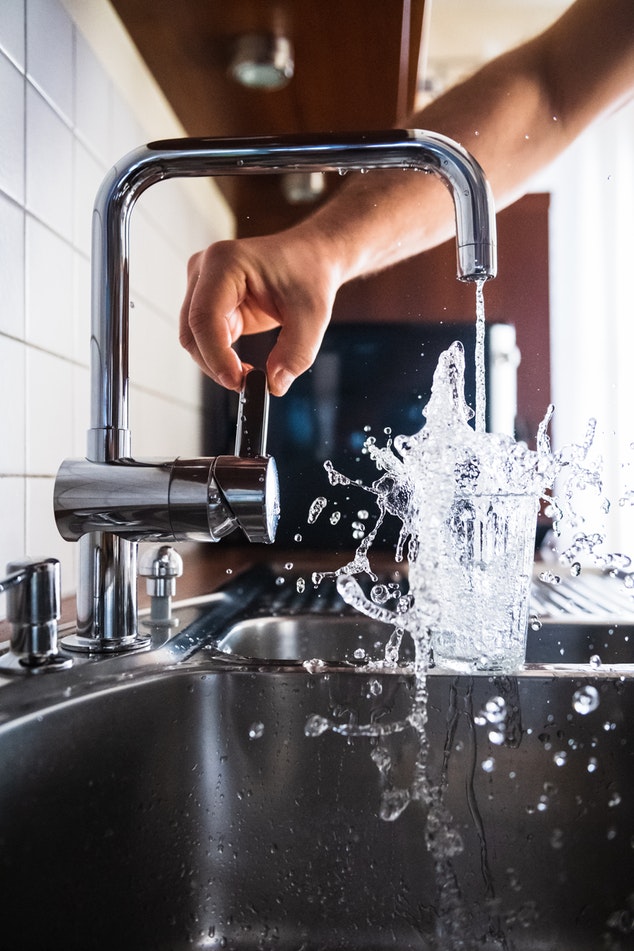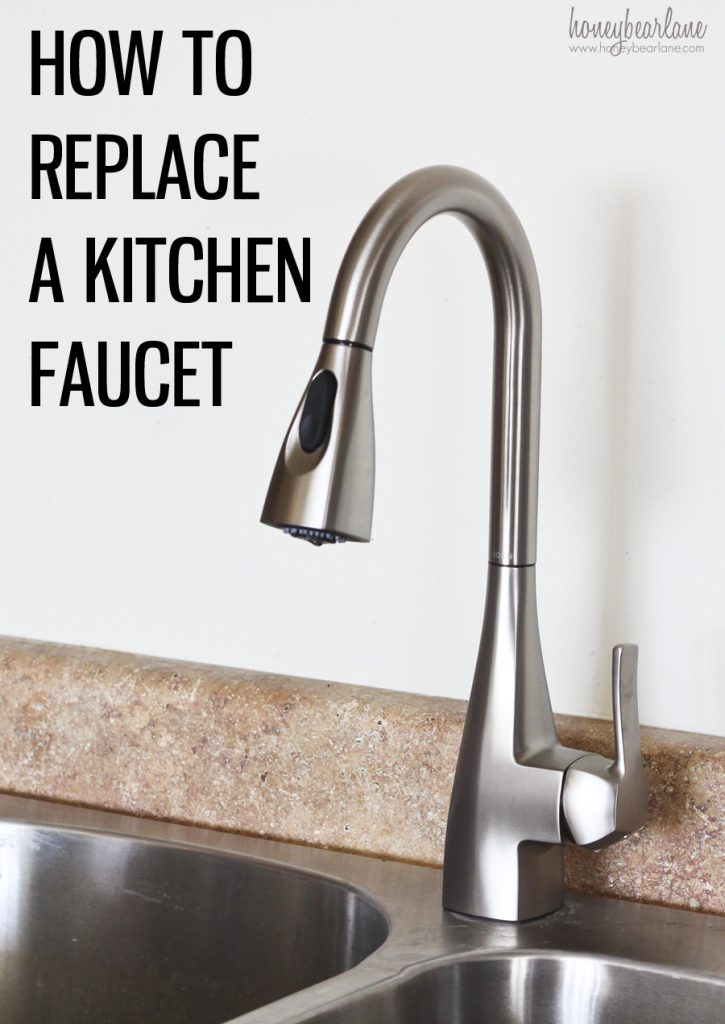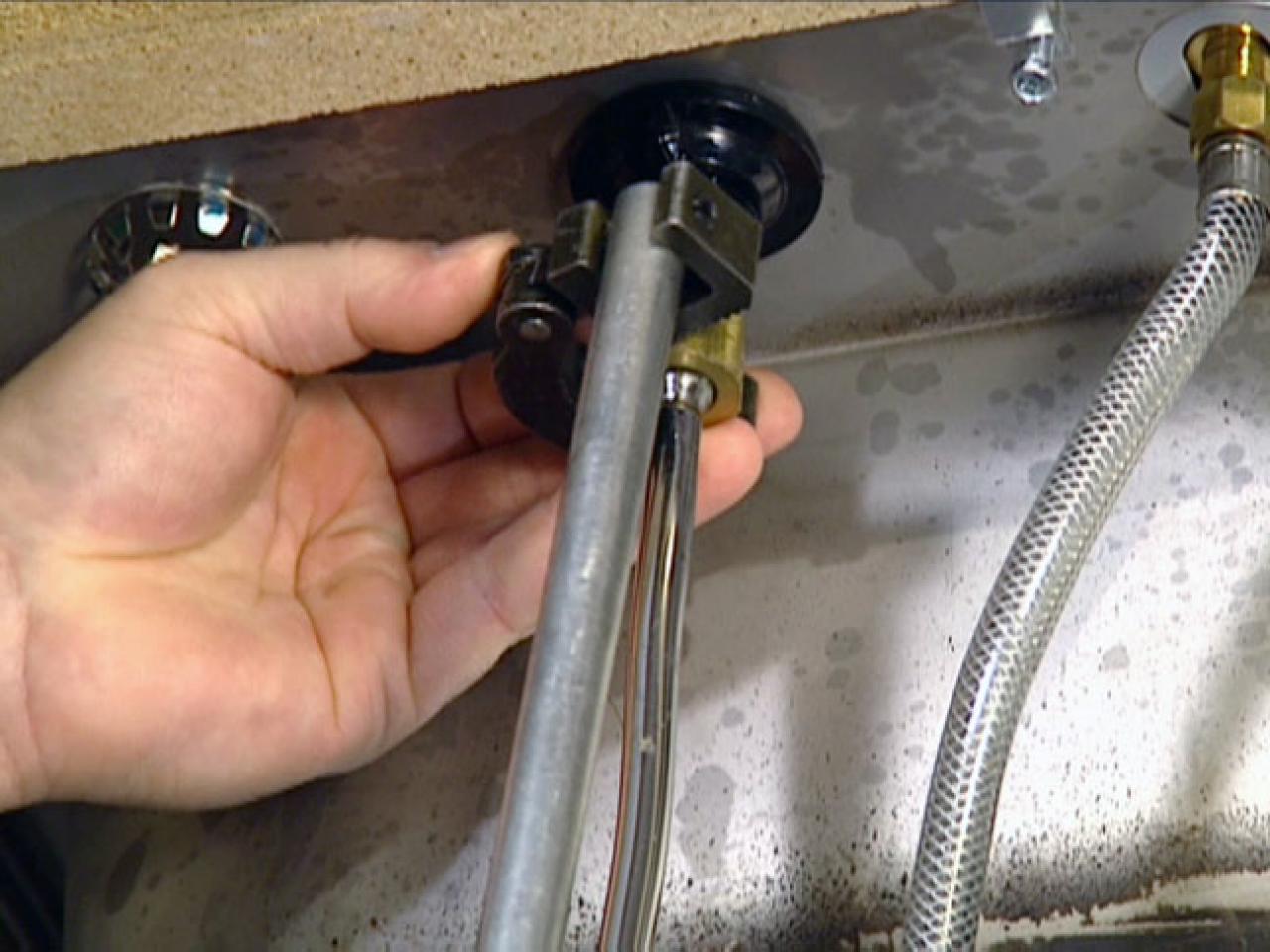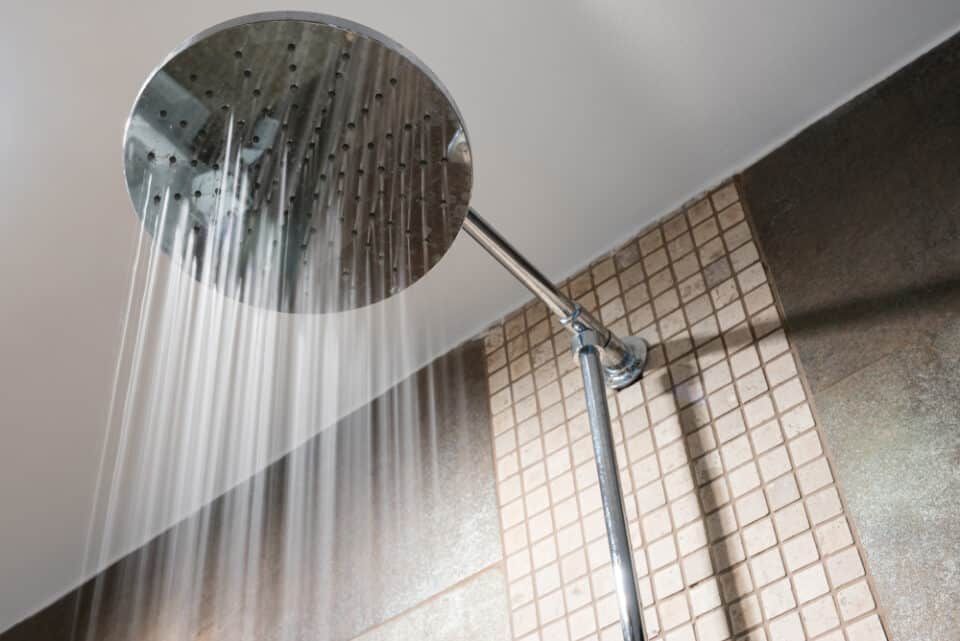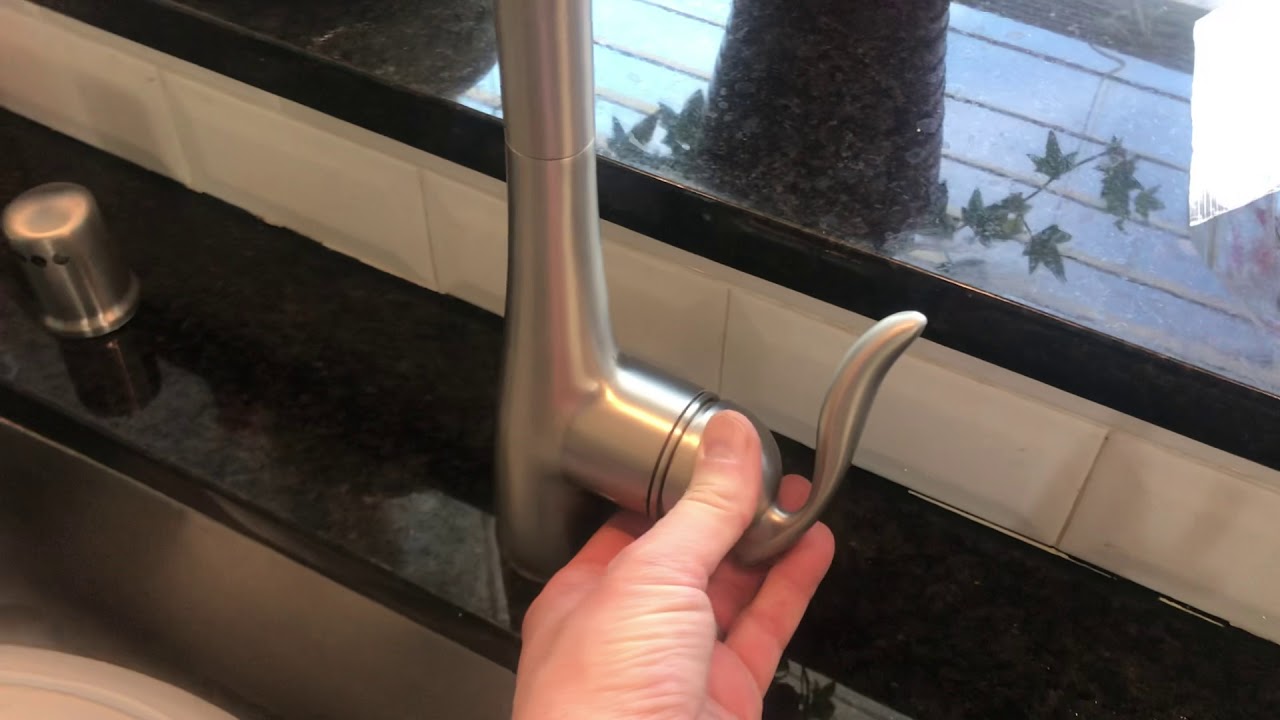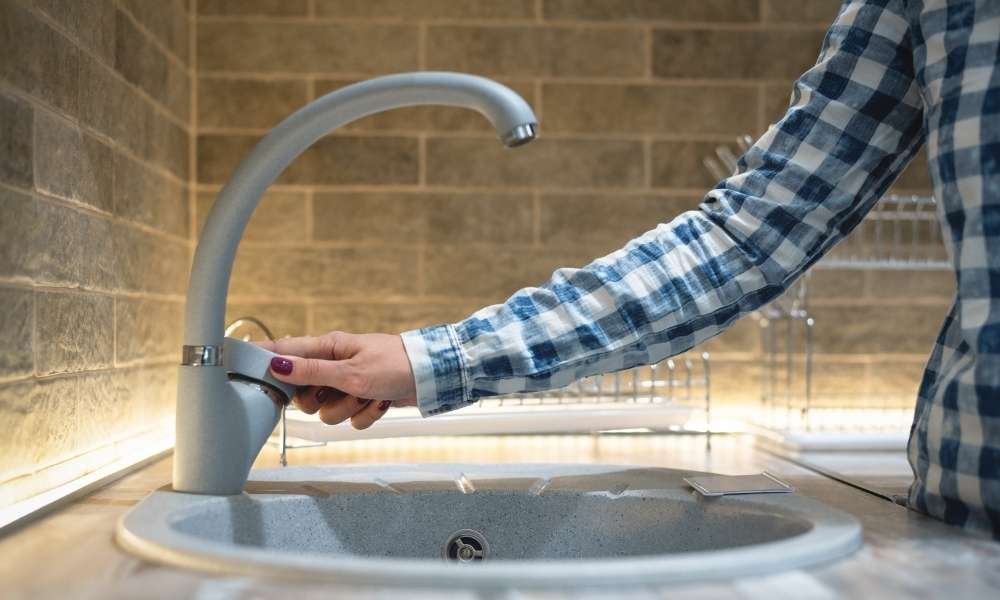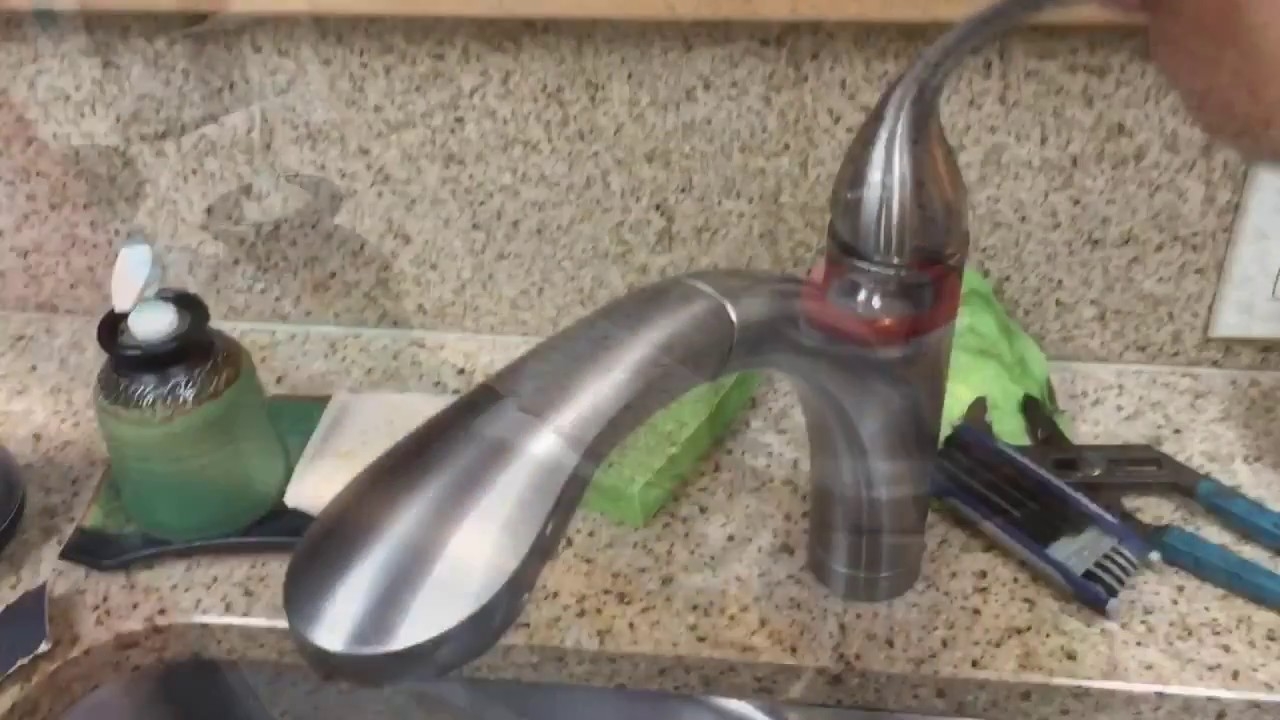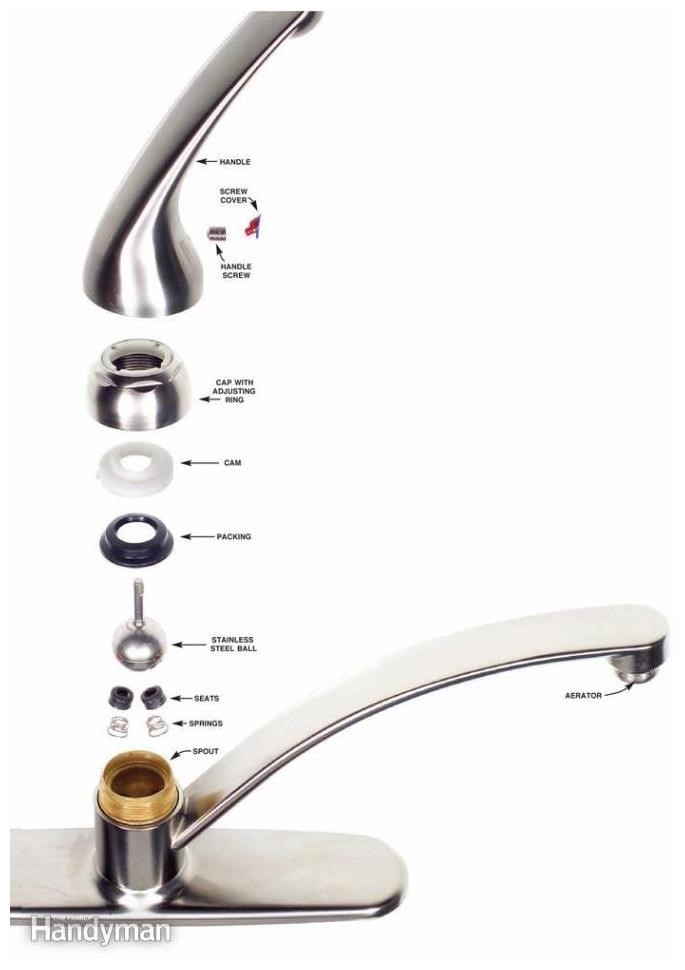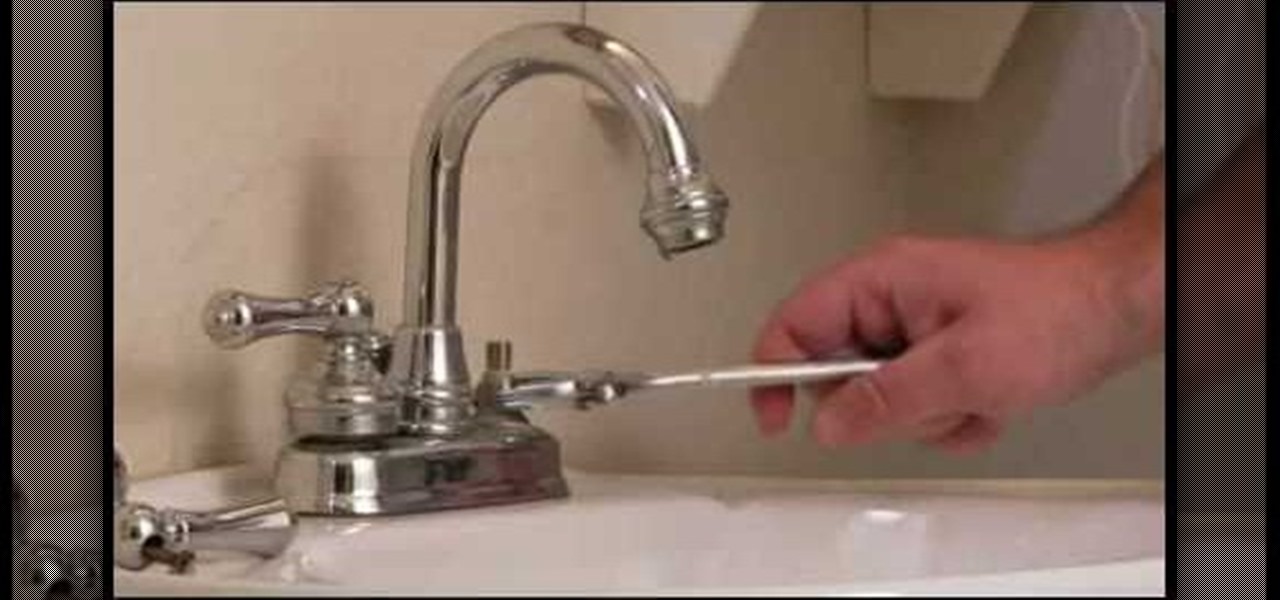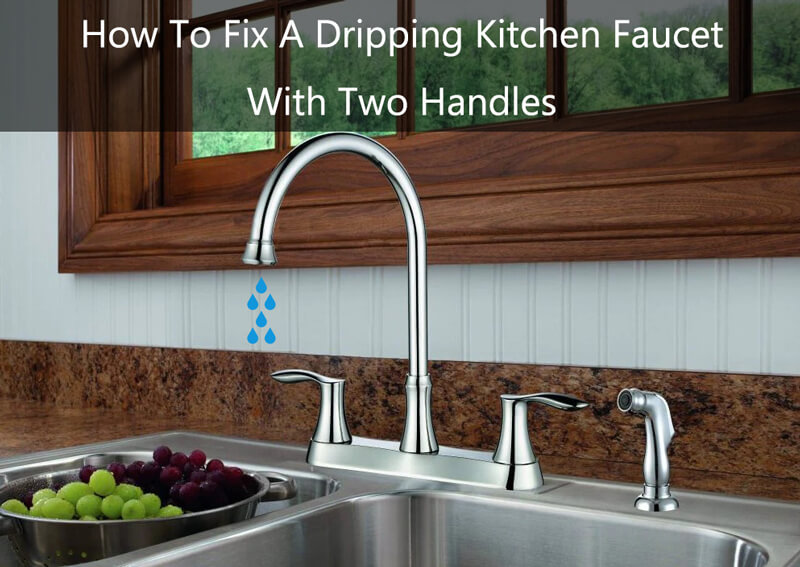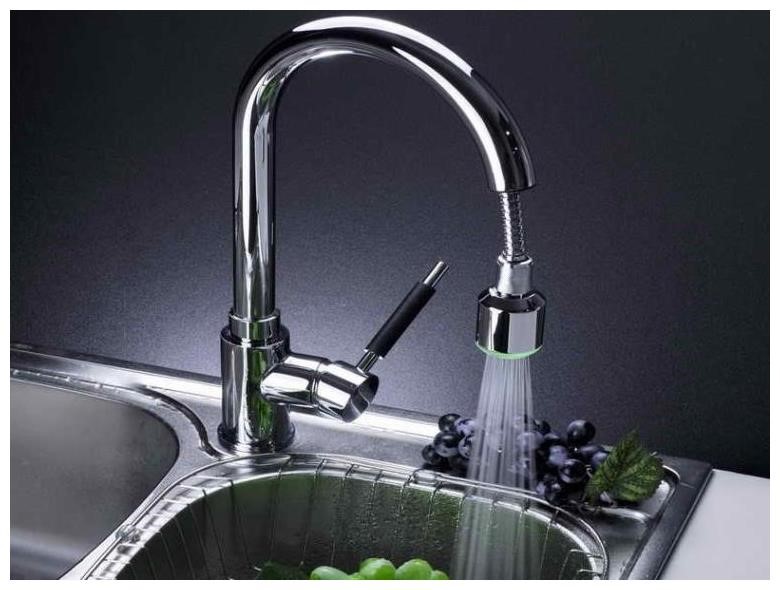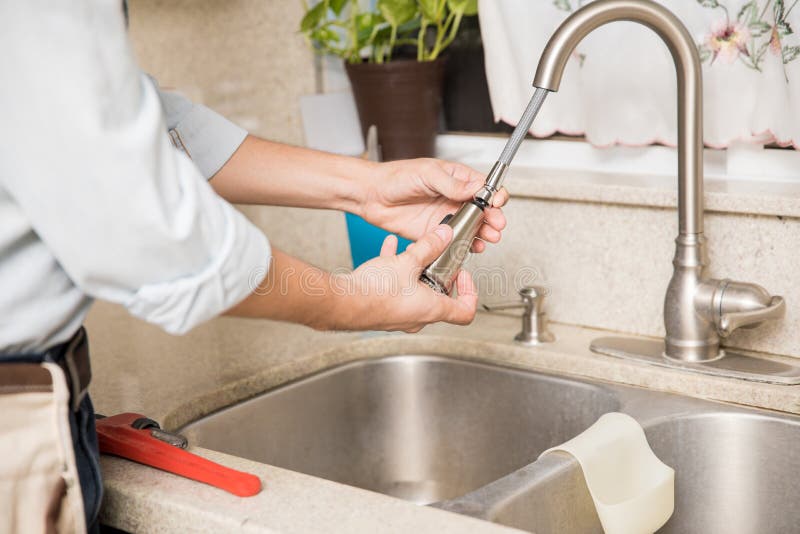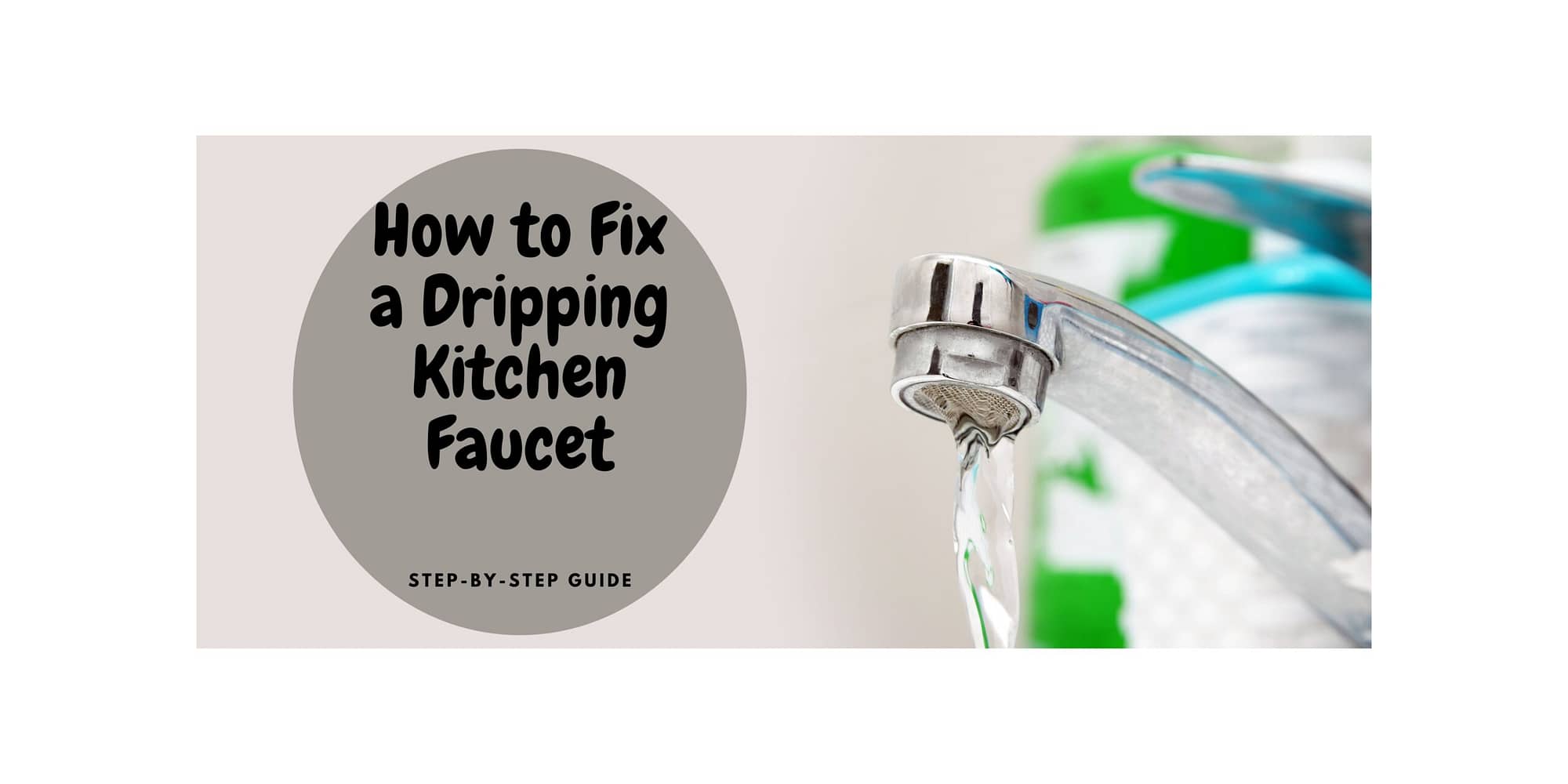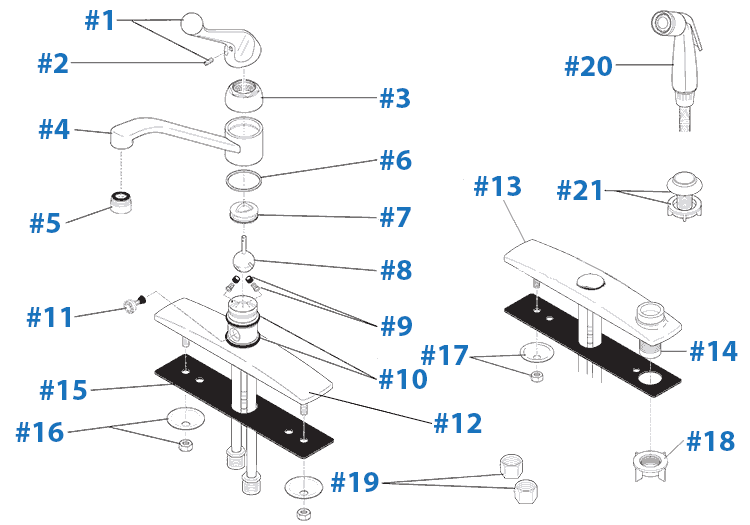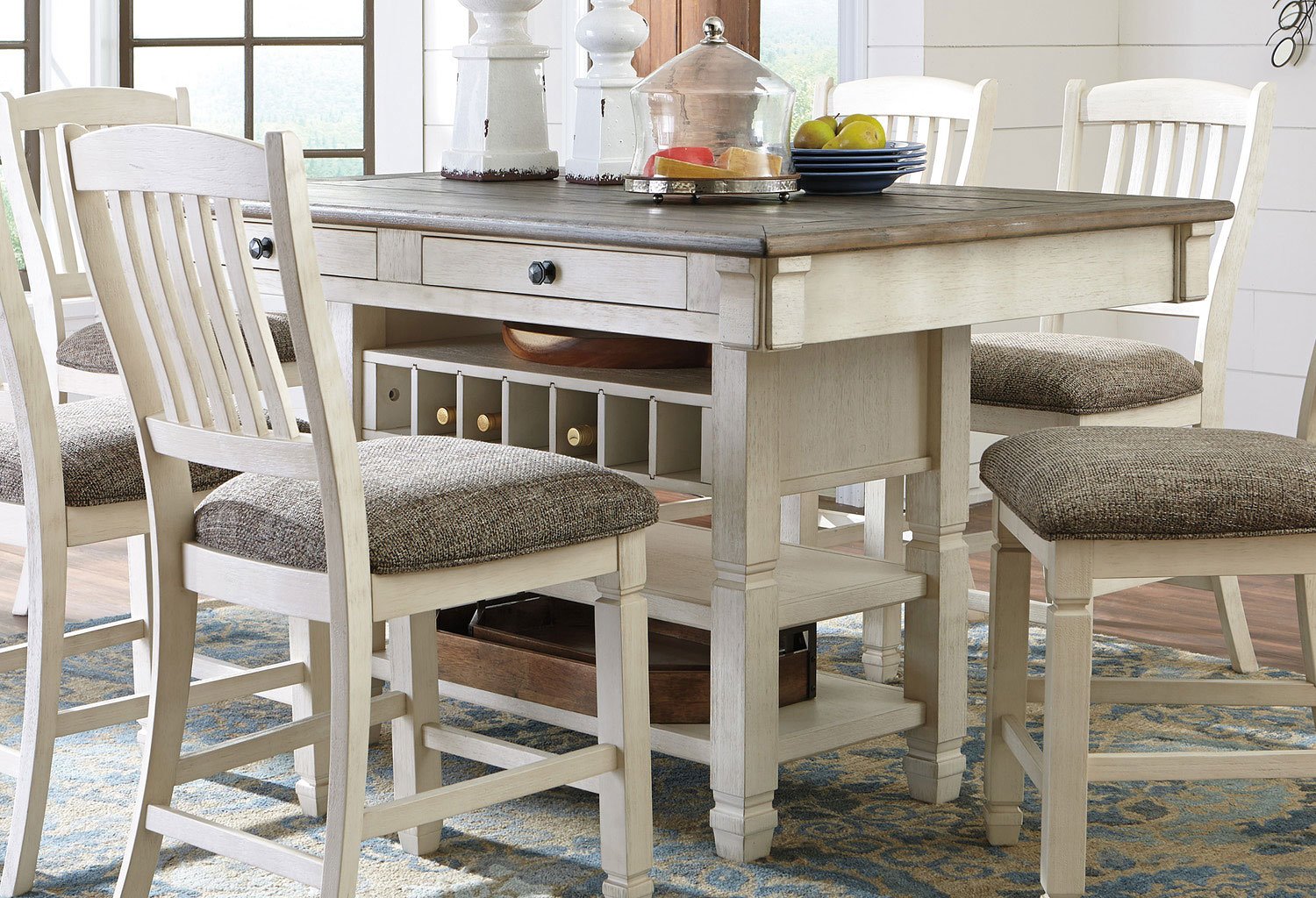Dealing with a kitchen sink faucet that won't turn off can be frustrating and inconvenient. Not only does it waste water, but it can also lead to a higher water bill and potential damage to your sink and surrounding areas. Luckily, fixing a kitchen sink faucet handle that won't turn off water is a common and easily solvable problem. In this article, we will guide you through the steps to troubleshoot and fix this issue.How to Fix a Kitchen Sink Faucet Handle That Won't Turn Off Water
A common cause of a kitchen faucet that won't turn off is a leaky handle. If you notice that water is dripping from the handle even when it is in the off position, then it is likely that the handle is damaged or worn out. To repair a leaky kitchen faucet handle, you will need to replace the handle altogether. To do this, start by turning off the water supply to your sink. This can usually be done by turning off the shut-off valves located under the sink. Then, remove the handle by unscrewing it from the faucet base. Make sure to keep all the parts in order so you can easily reassemble them later. Take the old handle to a hardware store to find a replacement that matches the size and style of your current one. Once you have the new handle, reattach it to the faucet base and turn the water supply back on.How to Repair a Leaky Kitchen Faucet Handle
If your kitchen faucet handle is not leaking but still won't turn off, there could be a few other causes. One common issue is a worn-out cartridge. The cartridge is a small valve inside the faucet that controls the flow of water. Over time, it can become damaged or clogged, causing the faucet handle to become difficult to turn off. To troubleshoot this issue, you will need to replace the cartridge. To do this, start by turning off the water supply to your sink. Next, remove the handle and unscrew the cartridge from the faucet base. Take the old cartridge to a hardware store to find a replacement that matches the size and style. Once you have the new cartridge, reattach it to the faucet base and turn the water supply back on.Troubleshooting a Kitchen Faucet That Won't Turn Off
If the above solutions do not fix the issue, it may be time to replace the entire kitchen faucet handle. This is a more extensive repair but can easily be done with the right tools and instructions. To replace a kitchen faucet handle, you will need to start by turning off the water supply and removing the old handle as described in the previous sections. Next, you will need to remove the entire faucet from the sink. This can usually be done by unscrewing it from the base or using a special tool if it is a more complex faucet. Once the old faucet is removed, replace it with a new one that matches the size and style of your previous one. Finally, reattach the new faucet and handle to the sink and turn the water supply back on.How to Replace a Kitchen Faucet Handle
There are a few common causes of a kitchen faucet that won't turn off, including a worn-out handle, cartridge, or faucet. Another possible cause is a loose handle. Over time, the handle may become loose and unable to properly turn off the water. To fix this issue, you will need to tighten the handle using a wrench or pliers. If this does not work, you may need to replace the handle altogether.Common Causes of a Kitchen Faucet That Won't Turn Off
If your kitchen faucet handle is loose, it is important to tighten it as soon as possible to prevent further damage. To do this, you will need to locate the screws or nuts that hold the handle in place. Use a wrench or pliers to tighten these screws or nuts until the handle is secure. If the handle is still loose, you may need to replace it.How to Tighten a Loose Kitchen Faucet Handle
As mentioned earlier, a worn-out cartridge can cause a kitchen faucet handle to become difficult to turn off. If this is the case, you will need to replace the cartridge. To do this, start by turning off the water supply and removing the handle and old cartridge as described in the previous sections. Then, replace the old cartridge with a new one and reattach the handle and faucet to the sink.How to Replace a Cartridge in a Kitchen Faucet
A dripping kitchen faucet can be a sign of a more serious issue, such as a damaged valve or worn-out seals. To fix a dripping kitchen faucet, you will need to turn off the water supply and remove the handle and faucet as described earlier. Then, inspect the valve and seals for any damage or wear and tear. If necessary, replace these parts and reattach the faucet to the sink.How to Fix a Dripping Kitchen Faucet
Single handle kitchen faucets are becoming increasingly popular due to their sleek design and easy operation. However, they can also experience issues with turning off the water. To repair a single handle kitchen faucet, you will need to follow the same steps as mentioned earlier for replacing the handle, cartridge, or faucet. If you are unsure which part is causing the issue, it is best to consult a professional plumber.How to Repair a Single Handle Kitchen Faucet
If your kitchen faucet handle is stuck and won't turn off, it could be due to a build-up of mineral deposits or debris around the handle. To fix this issue, you will need to clean the area around the handle using a mixture of equal parts vinegar and water. Soak a cloth in the mixture and wrap it around the handle for a few minutes. Then, try turning off the water again. If this does not work, you may need to replace the handle or cartridge. In conclusion, a kitchen sink faucet handle that won't turn off water can be a frustrating issue to deal with. However, with the right tools and instructions, it can easily be fixed. Remember to always turn off the water supply before attempting any repairs and consult a professional if you are unsure or uncomfortable with the process. By following these steps, you can have your kitchen faucet running smoothly in no time.How to Fix a Stuck Kitchen Faucet Handle
Why a Kitchen Sink Faucet Handle May Not Turn Off the Water
 If you've ever experienced the frustration of a kitchen sink faucet handle that won't turn off the water, you're not alone. This common issue can be caused by a variety of factors, from simple wear and tear to more serious underlying problems. In this article, we'll take a closer look at the main
keyword
and explore some potential causes and solutions for this
issue
.
If you've ever experienced the frustration of a kitchen sink faucet handle that won't turn off the water, you're not alone. This common issue can be caused by a variety of factors, from simple wear and tear to more serious underlying problems. In this article, we'll take a closer look at the main
keyword
and explore some potential causes and solutions for this
issue
.
Possible Causes
 There are several reasons why a kitchen sink faucet handle may not turn off the water. One of the most common culprits is a worn or damaged
cartridge
, which is the internal mechanism responsible for controlling the flow of water. Over time, the
cartridge
can become worn down or clogged with debris, preventing the handle from turning properly. Other possible causes include a faulty
valve
or
washer
, or even a loose or damaged handle itself.
There are several reasons why a kitchen sink faucet handle may not turn off the water. One of the most common culprits is a worn or damaged
cartridge
, which is the internal mechanism responsible for controlling the flow of water. Over time, the
cartridge
can become worn down or clogged with debris, preventing the handle from turning properly. Other possible causes include a faulty
valve
or
washer
, or even a loose or damaged handle itself.
Potential Solutions
 Depending on the specific cause of the problem, there are a few different solutions that may help you get your kitchen sink faucet handle working properly again. If the issue is due to a worn
cartridge
, you may need to replace it with a new one. This can typically be done easily with the help of a
plumber
or by following the manufacturer's instructions. If a faulty
valve
or
washer
is to blame, you may need to replace these components to fix the problem. And if the handle itself is loose or damaged, tightening or replacing it may do the trick.
Depending on the specific cause of the problem, there are a few different solutions that may help you get your kitchen sink faucet handle working properly again. If the issue is due to a worn
cartridge
, you may need to replace it with a new one. This can typically be done easily with the help of a
plumber
or by following the manufacturer's instructions. If a faulty
valve
or
washer
is to blame, you may need to replace these components to fix the problem. And if the handle itself is loose or damaged, tightening or replacing it may do the trick.
Preventative Measures
 To avoid encountering this issue in the future, it's important to take proper care of your kitchen sink faucet. This includes regularly cleaning and maintaining the
cartridge
and other internal components, as well as being mindful of how much force you use when turning the handle. If you notice any issues with your faucet, it's best to address them as soon as possible to prevent them from becoming bigger problems down the line.
In conclusion, a kitchen sink faucet handle that won't turn off the water can be a frustrating and inconvenient problem. By understanding the
main keyword
and its potential causes and solutions, you can better address this issue and keep your kitchen running smoothly. And remember, if you're ever unsure about how to fix a faucet problem, it's always best to consult a
professional
for assistance.
To avoid encountering this issue in the future, it's important to take proper care of your kitchen sink faucet. This includes regularly cleaning and maintaining the
cartridge
and other internal components, as well as being mindful of how much force you use when turning the handle. If you notice any issues with your faucet, it's best to address them as soon as possible to prevent them from becoming bigger problems down the line.
In conclusion, a kitchen sink faucet handle that won't turn off the water can be a frustrating and inconvenient problem. By understanding the
main keyword
and its potential causes and solutions, you can better address this issue and keep your kitchen running smoothly. And remember, if you're ever unsure about how to fix a faucet problem, it's always best to consult a
professional
for assistance.





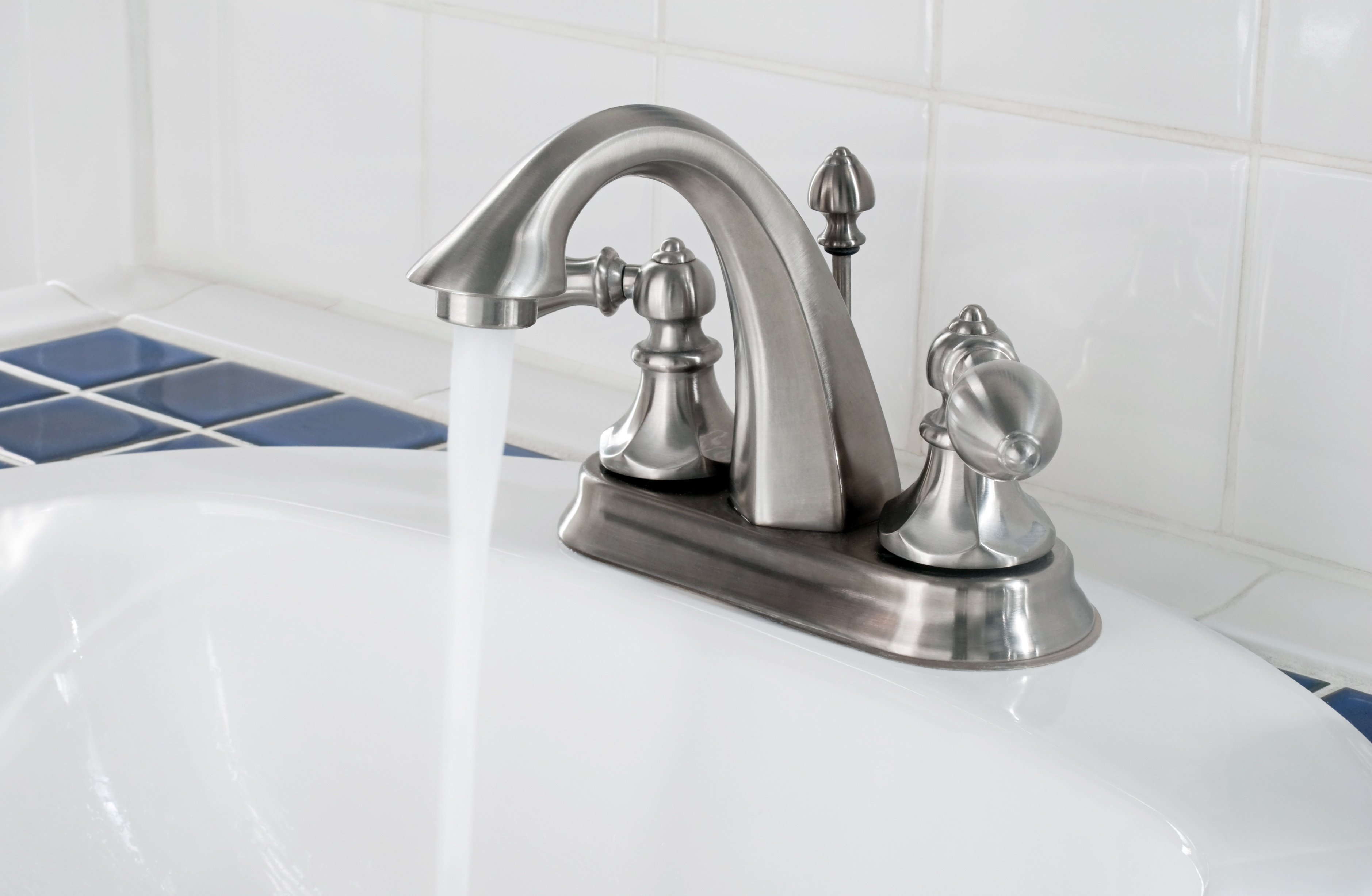


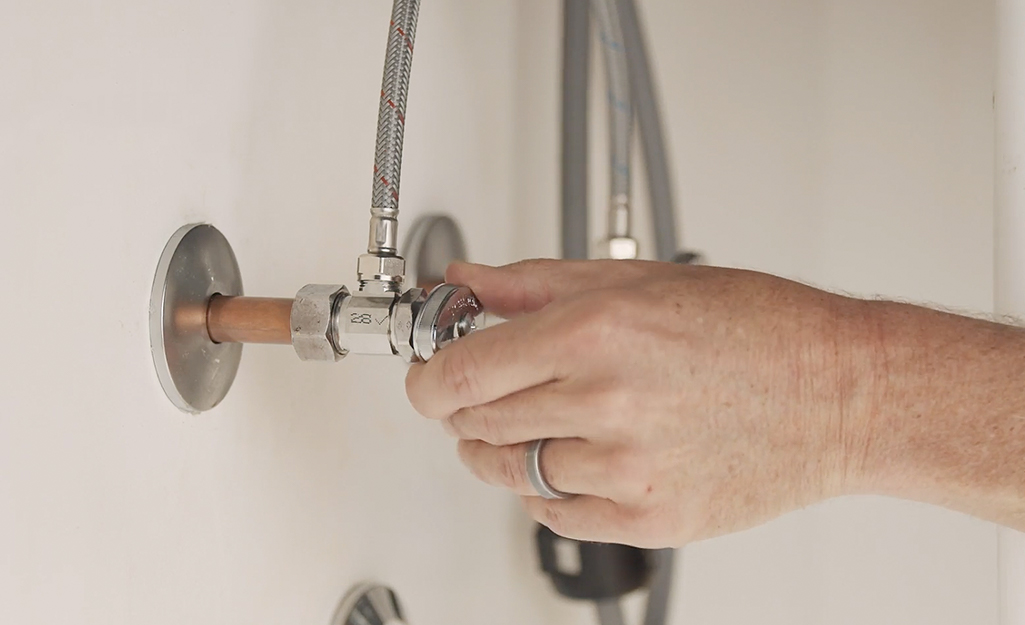
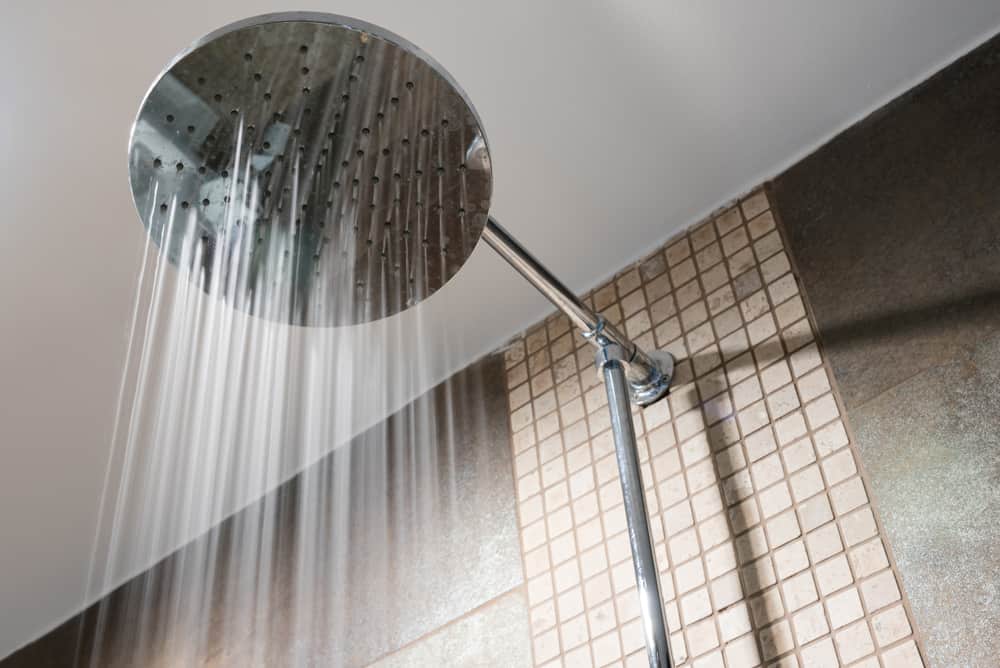

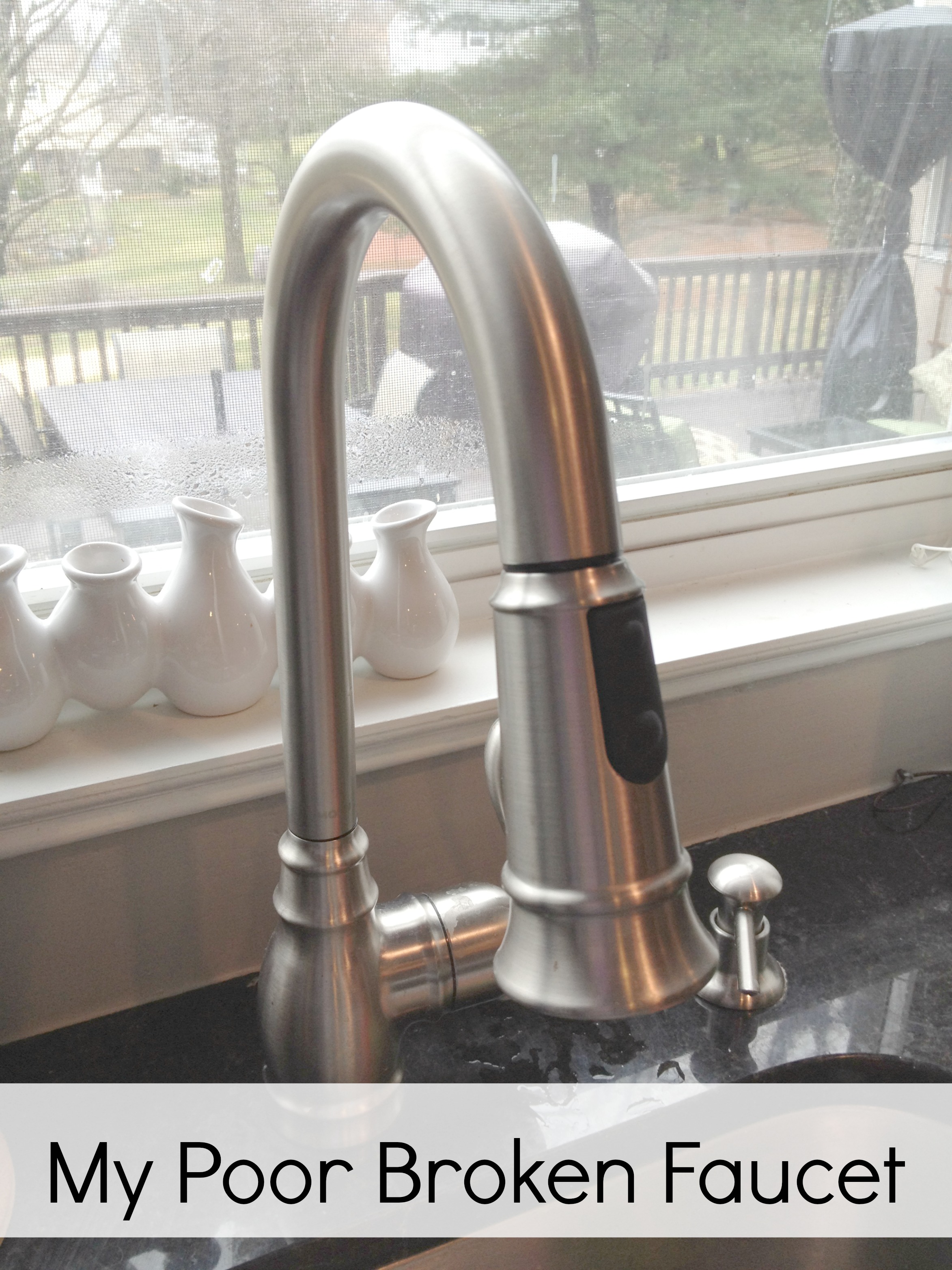

:max_bytes(150000):strip_icc()/repairing-a-single-handle-disk-faucet-1824878-hero-b3daee9af5174d8f9b9cb4a2582e7140.jpg)
